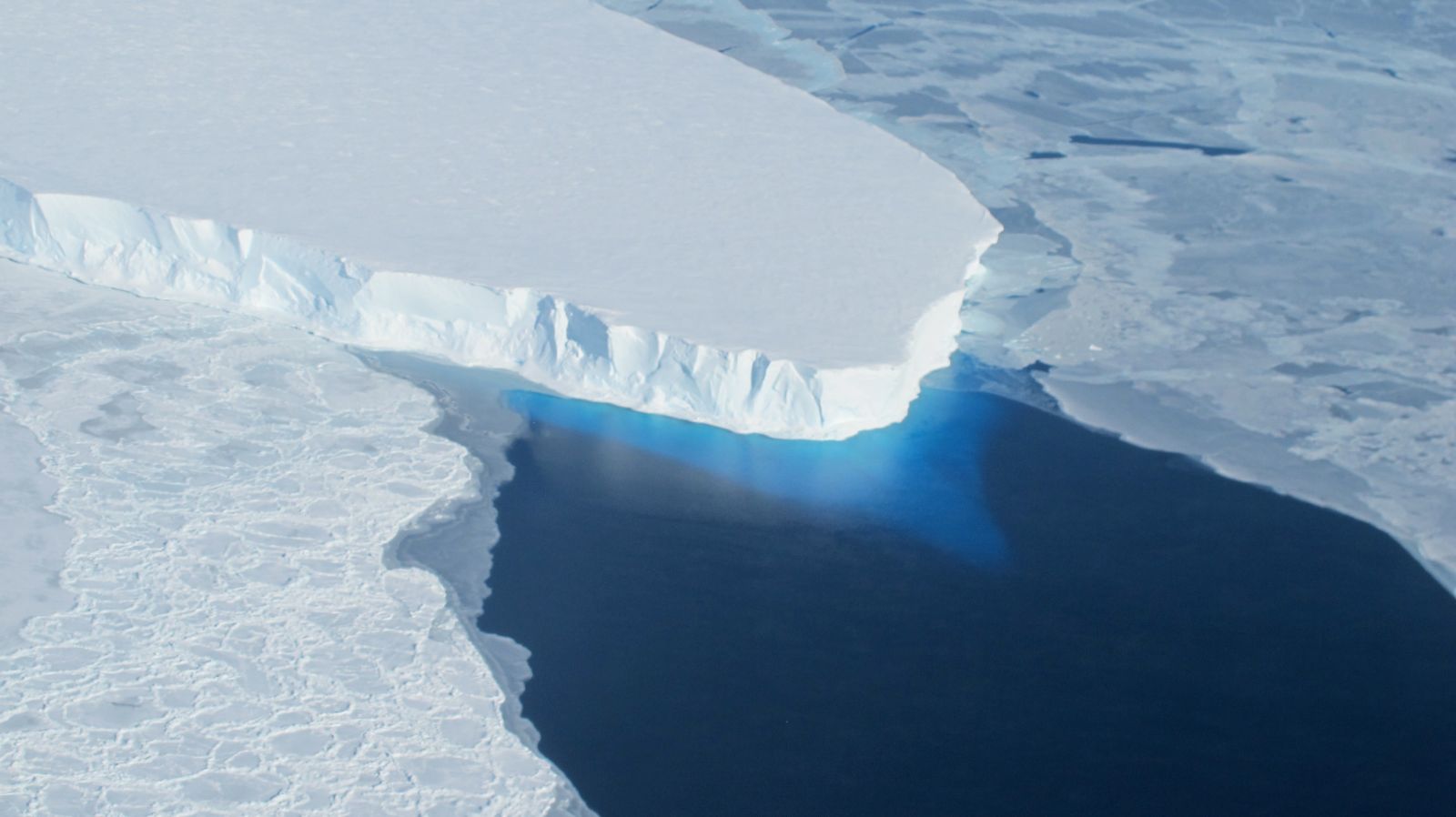The melting of the "Doomsday Glacier" is accelerating: towards a sea level rise of several meters
Published by Cédric,
Article author: Cédric DEPOND
Source: thwaitesglacier.org
Other Languages: FR, DE, ES, PT
Article author: Cédric DEPOND
Source: thwaitesglacier.org
Other Languages: FR, DE, ES, PT
Follow us on Google News (click on ☆)
The findings from scientists are striking. After six years of research, an international team has shed light on the complex dynamics of the glacier. The consequences of its collapse would be disastrous for millions of people living along the coastlines.

Wikimedia Image
The Thwaites Glacier, whose size is comparable to that of Great Britain, has experienced alarming deterioration in recent decades. Between the 1990s and 2010, the rate of its melting more than doubled, making it a major contributor to the overall phenomenon of sea level rise.
By itself, it contributes to about 8% of the current rise in sea levels, highlighting the significant impact of this ice loss on our environment.
Research from the International Thwaites Glacier Collaboration (ITGC) reveals that the glacier is particularly vulnerable. It rests on a seafloor bed sloping inward, making it easier for warm ocean waters to infiltrate and accelerate its degradation.
Scientists are using underwater robots to study critical areas where the glacier is anchored to the ground. The images obtained show cracks allowing warm water to pass through, further weakening the structure. The latest models indicate that the glacier could completely collapse by the 23rd century. This event could lead to a sea level rise of 10.8 feet (3.3 meters), threatening many major cities.
Experts agree that the retreat of the Thwaites Glacier will accelerate over the coming century, an alarming trend that could have major consequences. Furthermore, certain dynamics not yet factored into current models could even contribute to speeding up this decline. These unforeseen factors reinforce the need to closely monitor the glacier's evolution and to update our forecasts to better understand the risks involved.
The situation remains worrying. Although reductions in greenhouse gas emissions are being considered, the positive impact of these measures could be delayed. Scientists are calling for immediate action. The melting of Thwaites is not yet irreversible, but time is running out. Snow cycles could offset some of the loss, but their effectiveness will quickly diminish as temperatures continue to rise.